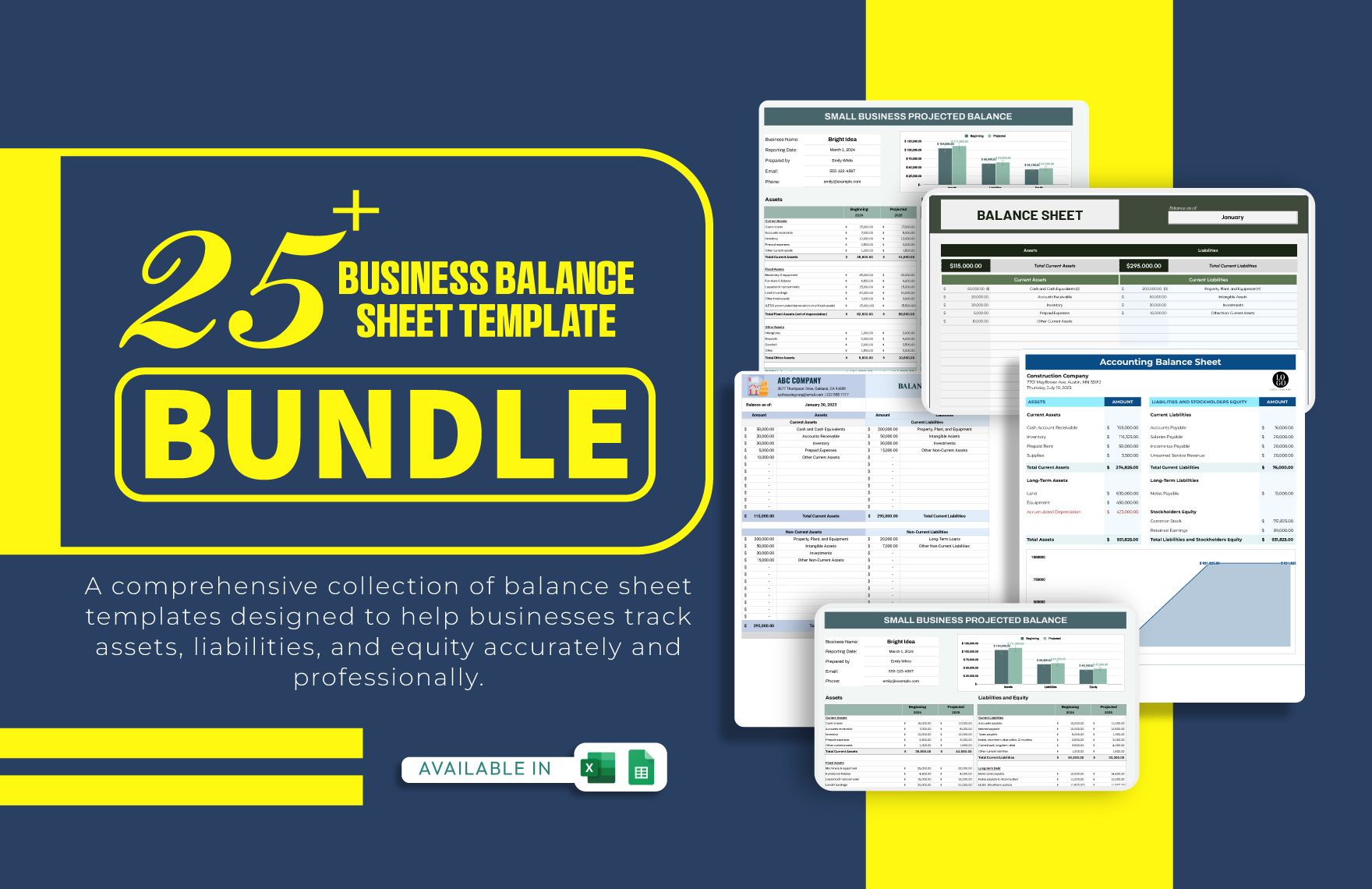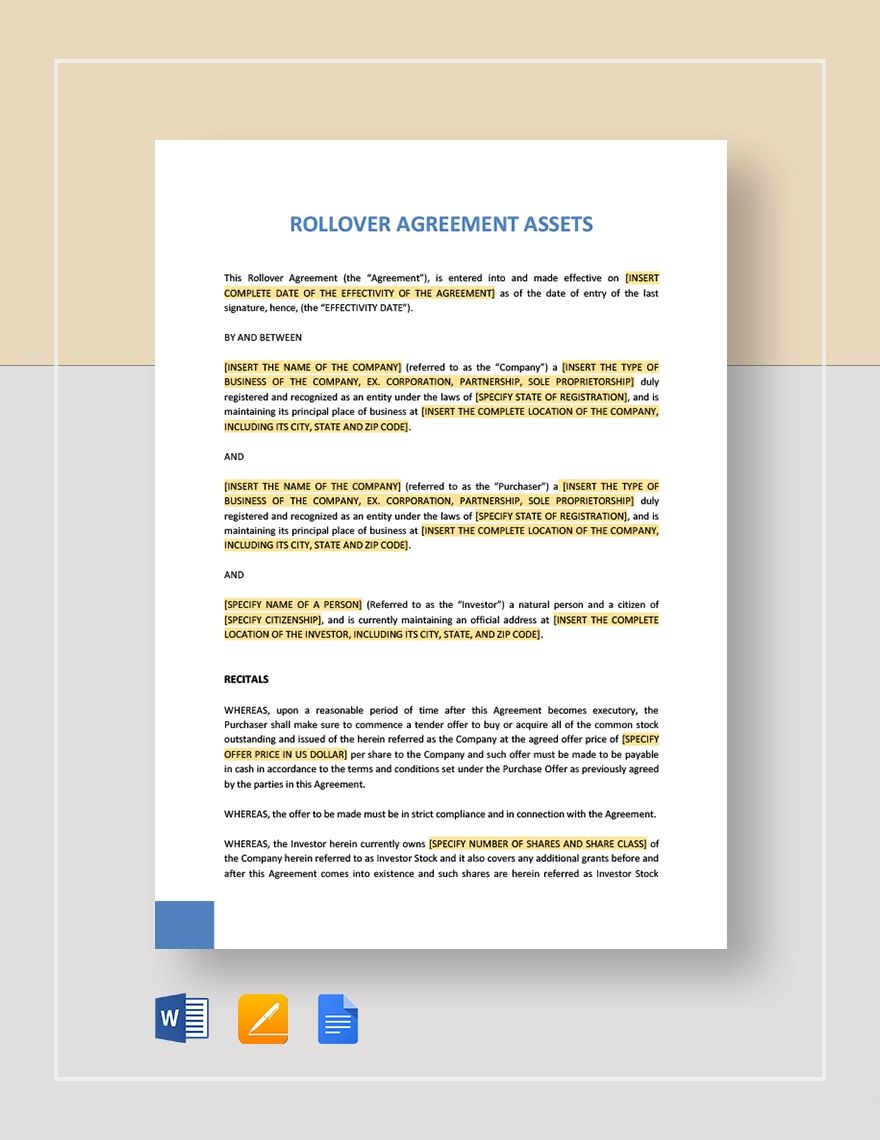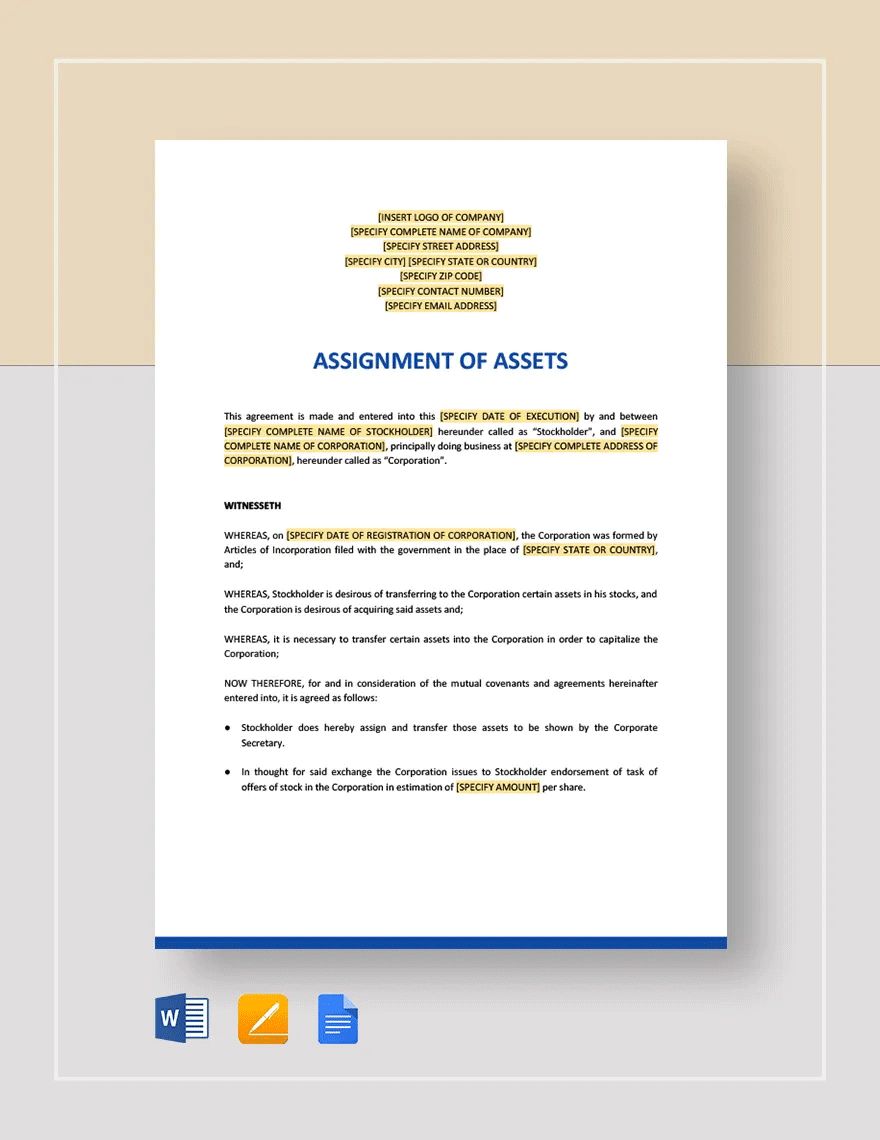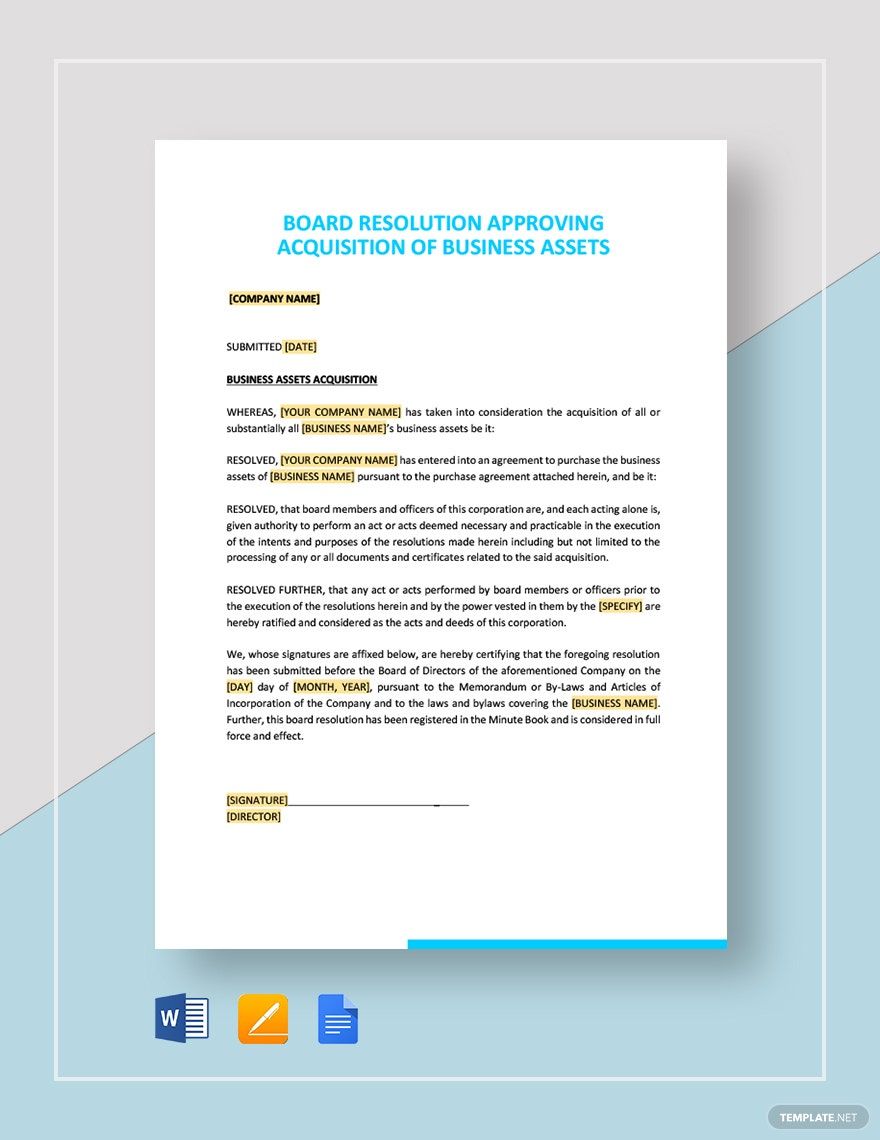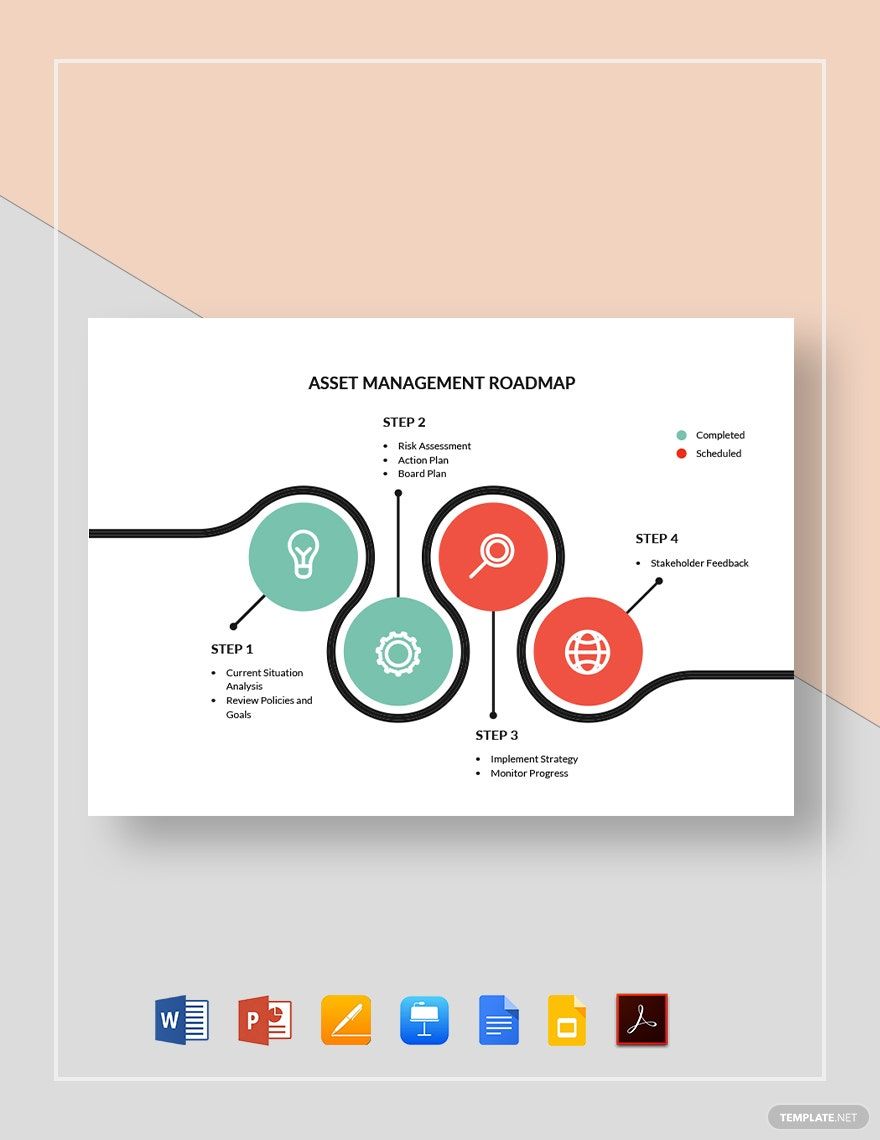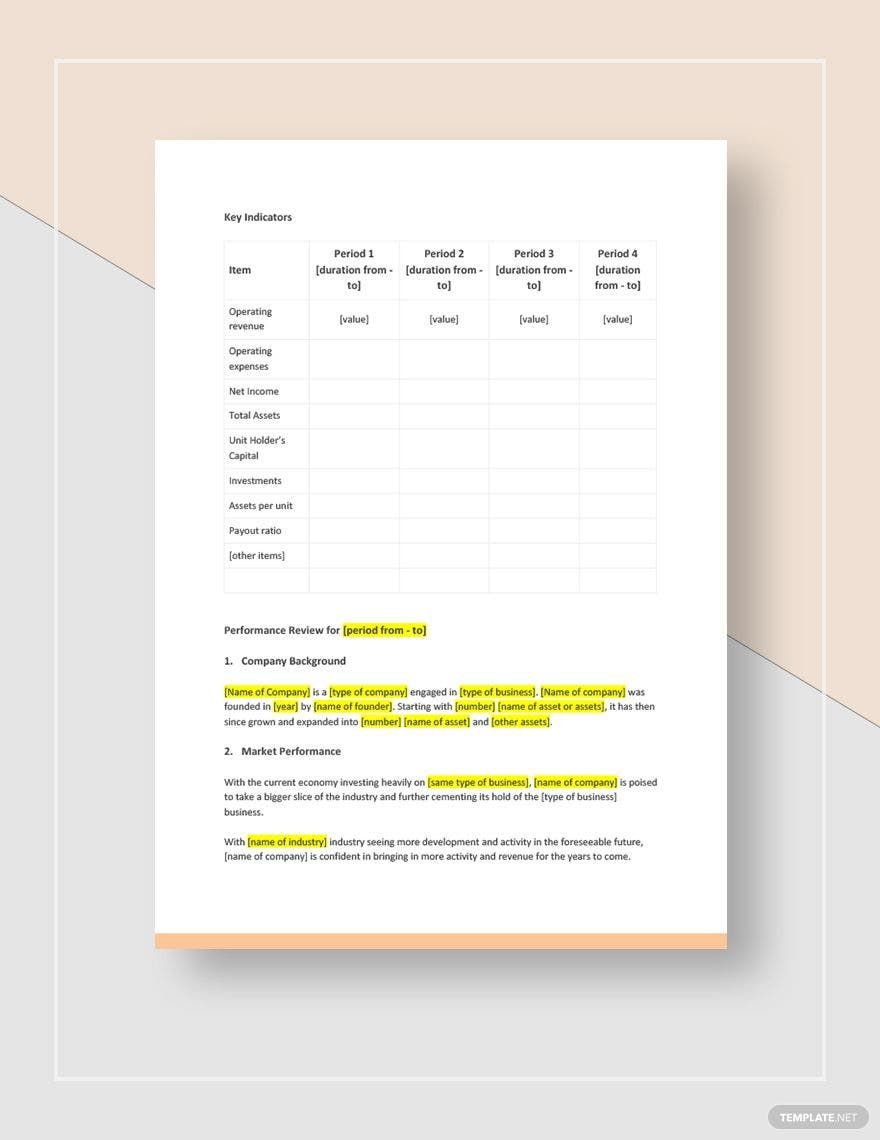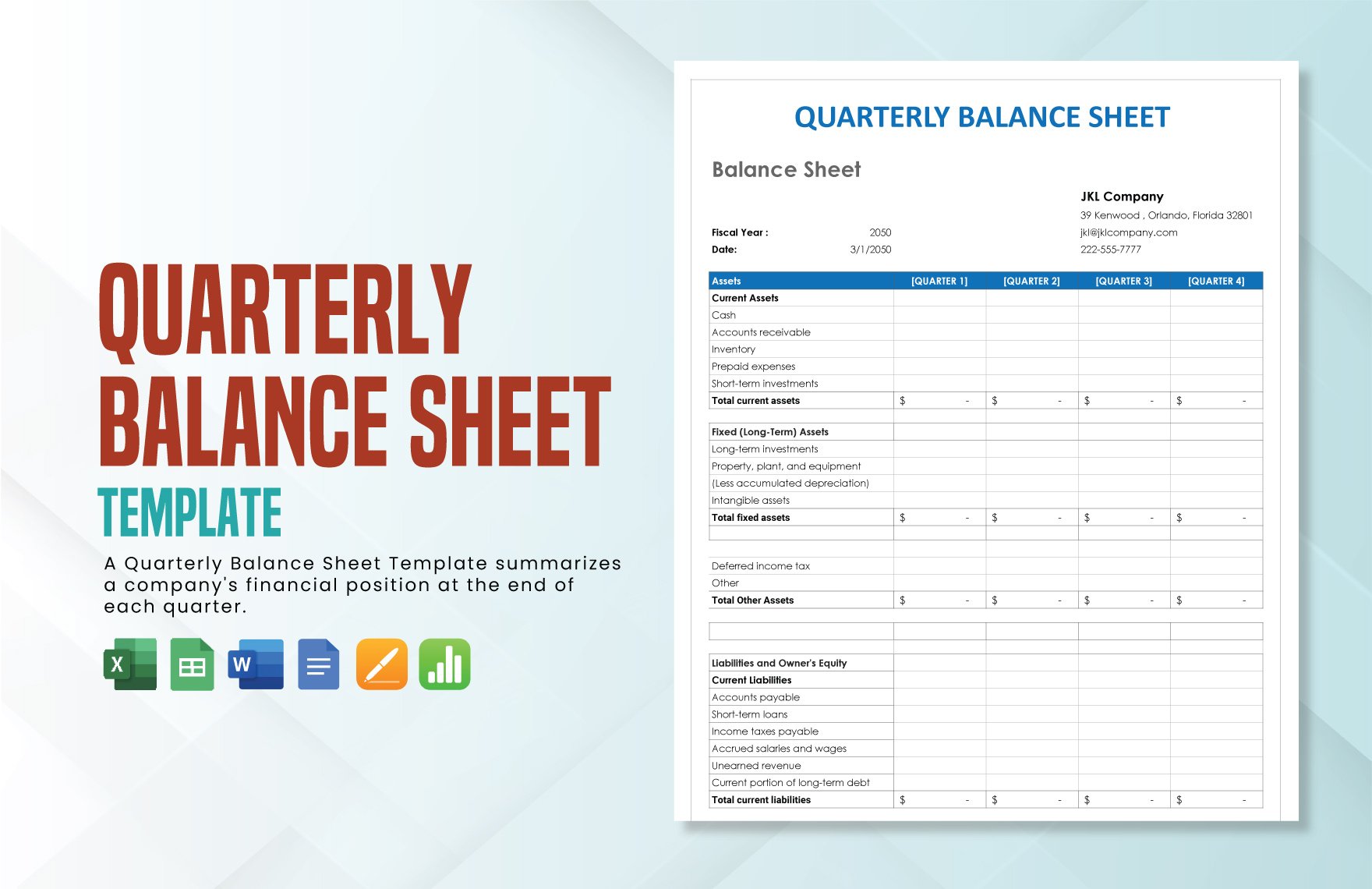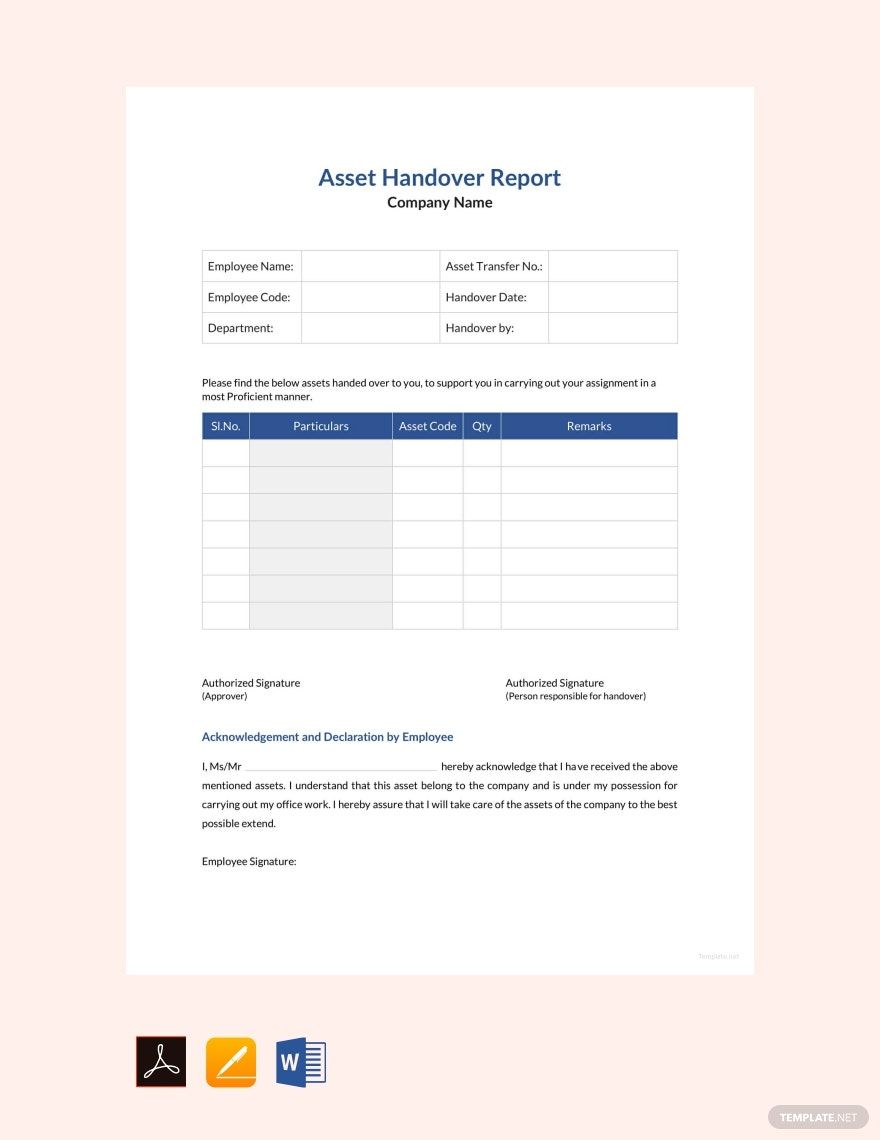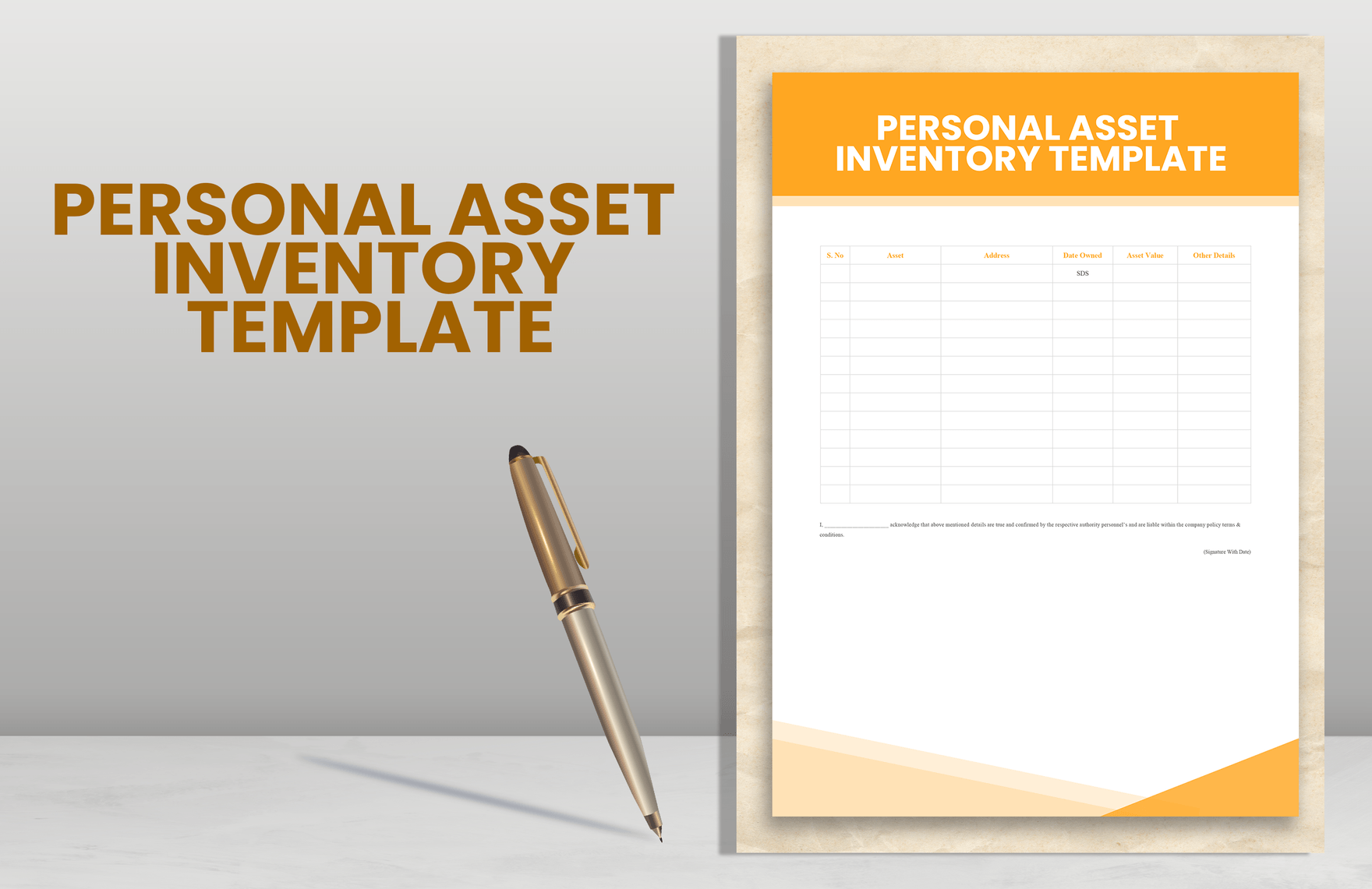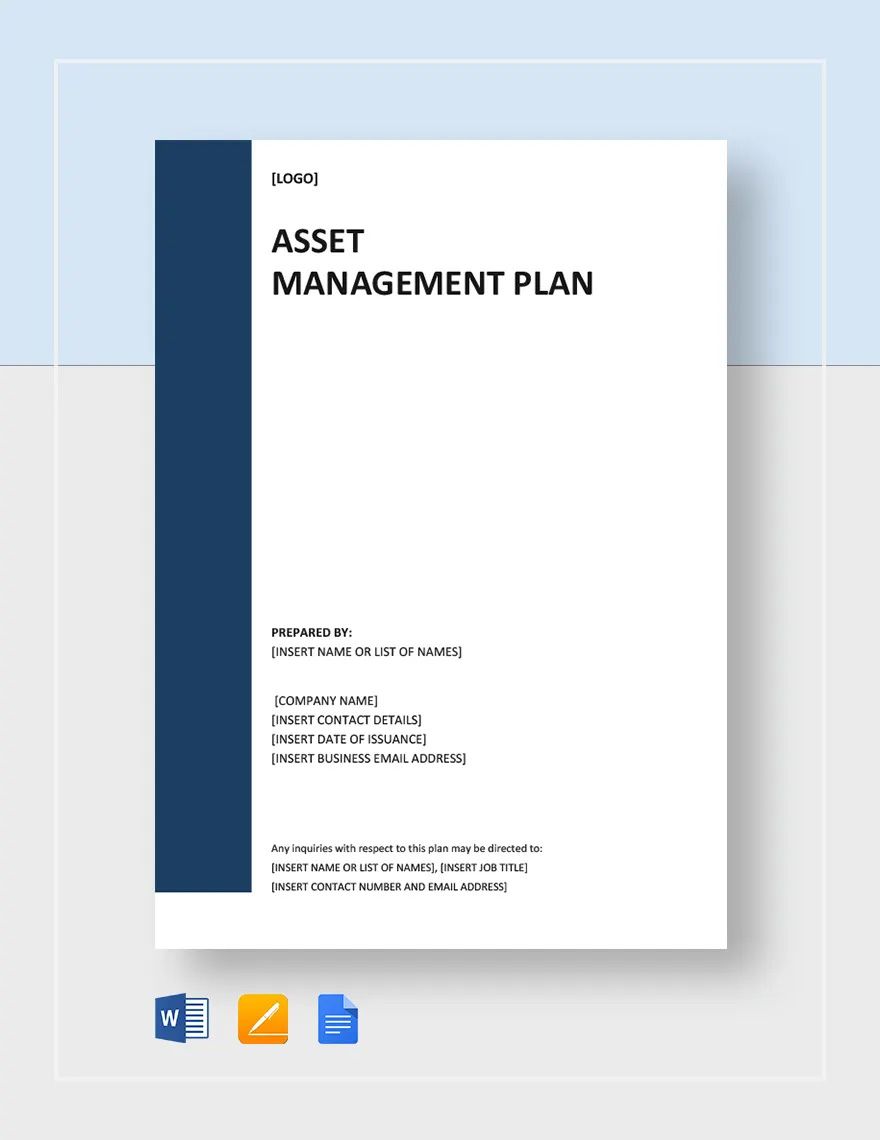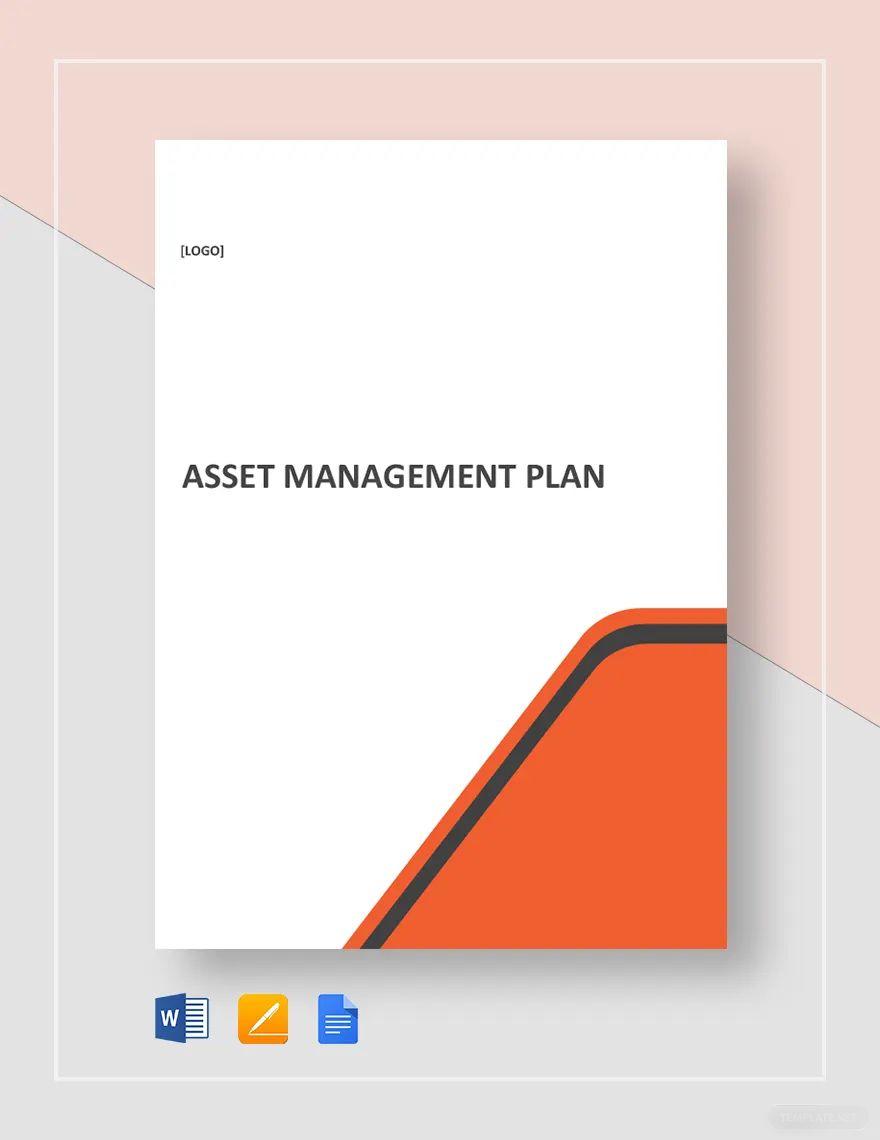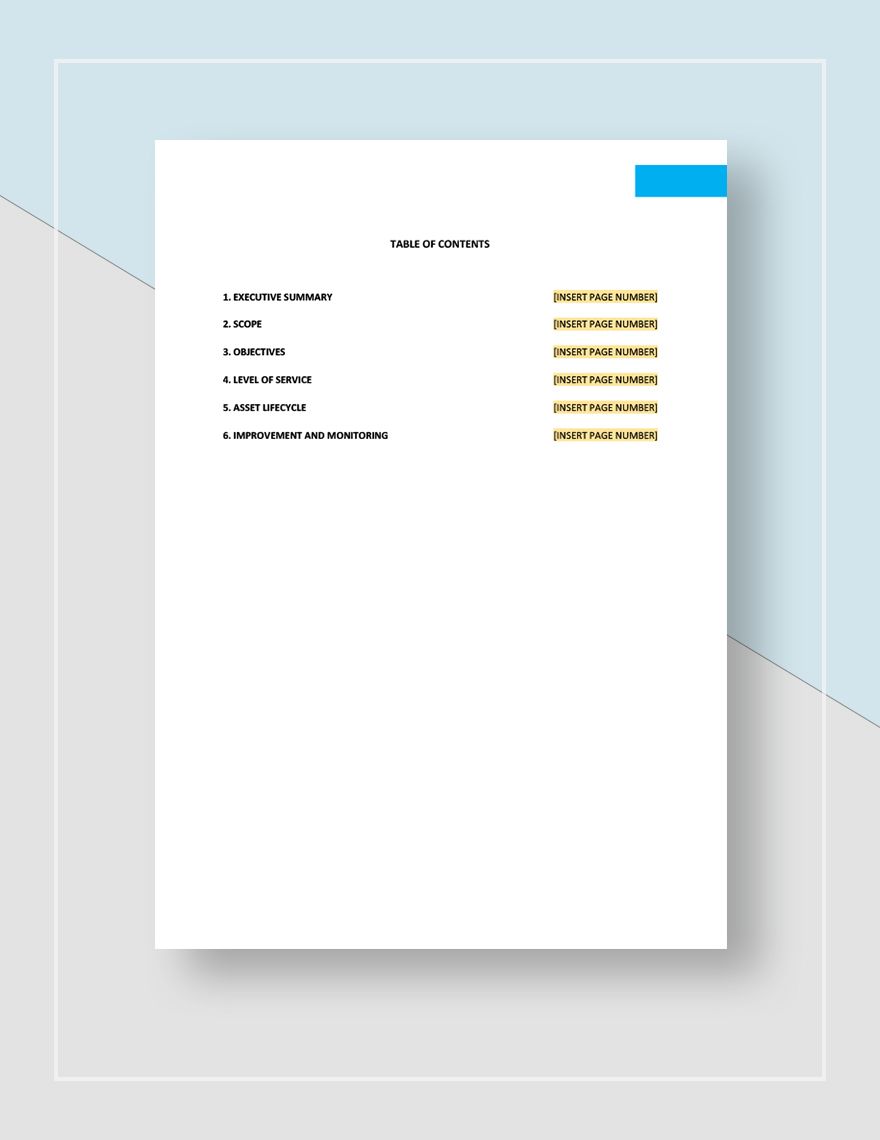Bring Your Financial Management to Life with Asset Tracker Templates from Template.net
Experience seamless financial oversight with Template.net's Asset Tracker Templates, designed for businesses and individuals looking to streamline asset management efficiently. Perfect for financial managers and entrepreneurs, these templates keep your team engaged, simplify complex asset tracking, and enhance financial reporting accuracy. Use them to organize and track tasks or goals, whether you're preparing for a quarterly review or managing inventory assets. Each template comes with customizable features you can print in time for your next event. No prior design skills are needed as they offer professional-grade layouts, which can be saved and downloaded as high-resolution PNG, SVG, or PDF files, ready for immediate use.
Discover the many Asset Tracker Templates we have on hand, each meticulously crafted for diverse business needs. Start by selecting a template and swapping in your assets, tweaking colors, and fonts to match your brand identity. Utilize advanced features like drag-and-drop icons and AI-powered text tools to add a professional touch, ensuring you stand out. With endless possibilities, these templates offer a fun, skill-free experience for everyone. Our library is regularly updated with new designs, promising fresh options weekly. When you're finished, download or share across multiple channels, export for print, or collaborate in real-time with your team.
